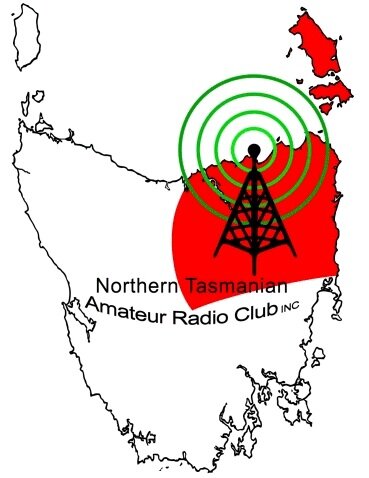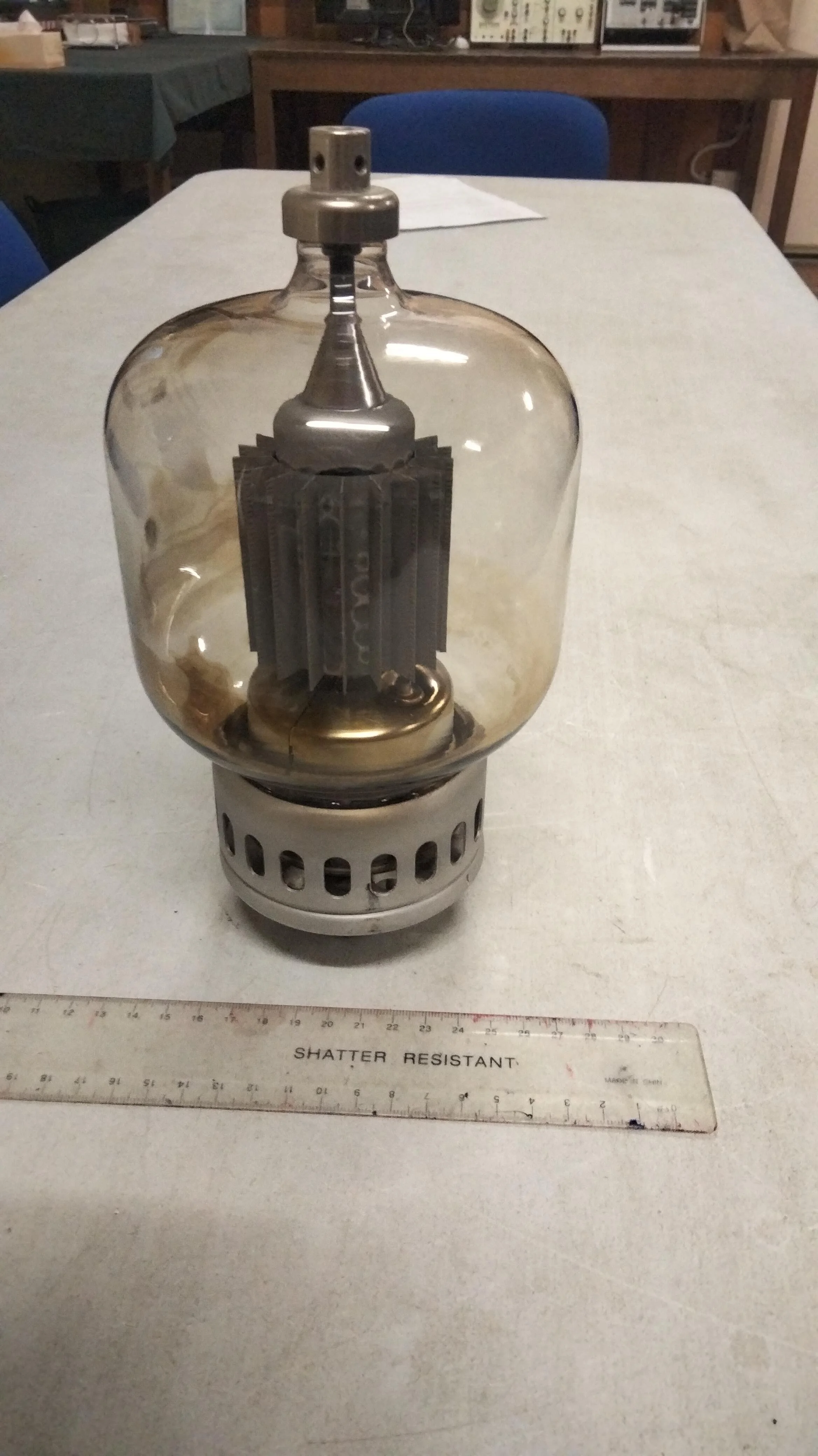Broadcast - 19 May 2024
Last Friday’s morning tea saw some interesting technical items brought in;
Peter VK7KPC, his latest acquisition is a very nice version of an “SDR Transmit/Receive Switch”. It is placed in line between the transmitter and the antenna feed. If transmit RF is detected passing through the unit it will automatically protect and provide 38dB isolation to the receiver or SDR feed socket. It exhibits a RF sense switching threshold of less than 10mW from 1.8 MHz to 30MHz and also incorporates audio monitoring switching. This is a well manufactured unit, with both the black anodised diecast enclosure and the internal printed circuit board and wiring of a good standard. I believe his intention is to utilise his separate receiver or SDR to become the off air receiver for an HF transmitter only unit. I am sure there will be some on air testing soon.
Peter has also been making progress with his WS62 ex-military HF transceiver. This time making a successful contact using AM mode with Jordan VK3ACU in Victoria this week.
Stuart VK7ES brought in a couple bottles to add to the club’s collection, definitely non-alcoholic and of the vacuum tube type. They were left over spares from a couple of mainland AM broadcast transmitter sites.
The first valve was a 4-1000A, a conventional looking anode cap, glass envelope vacuum tube, even if substantially larger dimensions. After a bit of research as to the naming convention it appears the first number identifies the number of elements contained within the tube; in this case the "4" identifies the tube as a tetrode which contains filament, control grid, screen grid, and anode, with the second number indicating the maximum continuous power dissipation of the anode as 1000 Watts! Interestingly there is a specially designed base that integrates with the valve pin assembly to redirect air flow over the filament and grid connections for cooling. Needless to say this type of device would be mounted within a chimney allowing pressurised air to provide a continuous cooling stream.
Stuart’s second valve a 4CX3000A was made by Eimac in the USA. This one was a Tetrode and once again is air cooled. This little 2.5 KG baby has a 3500 W max plate dissipation with a typical power output of 5 KW! This one is not a conventional glass envelope vacuum tube but of the ceramic construction type. Apart from the usually magnificently constructed circular heatsink on the top there was one other feature that appeared quite strange. There were no pins on the base of the valve! The internal connections appeared on stacked circular disks with protruding fingers or pads on the valve base. The valve is inserted into the socket and then partially turned to engage the fingers with contacts. It was effectively a breechblock assembly to engage the valve contacts. As this valve was released in the 1970s I don’t think this base engagement method is a new invention, its far more likely I have just been ignorant of this technology.
Thank you Stuart for the donation and the revelation of new technology that was actually old.
As always, pictures including the breechblock valve base will be available on the NTARC Web site under “Blogs” for this broadcast.
UPCOMING EVENTS
TestNet and TechNet session - Every Wednesday, TestNet/CW course on 3.580MHz from 7 pm till 7.30 pm, then a TechNet on 3.567MHz from 7.30 pm till about 8.30 pm. Your host for the evening will be Nic VK7WW.
Coffee Morning - held every Friday in the NTARC Club rooms. Time is from 10 am to noon and we look forward to seeing you all there. So why not pop in and join us for a cuppa, there is endless tea and coffee along with biscuits available for a donation.
Club Room Technical night session - The next session will be on Wednesday the 22nd May and will commence at the usual time of 6.30 pm, running through to about 9 pm, at the Club Room Archer Street, Rocherlea.
Finally - A reminder to all members that if you have any items of news you would like added to our weekly roundup, no matter how trivial, then please email them to the Secretary at the following address news@ntarc.net all items to be received no later than 5 pm on the Friday prior to the Broadcast.
That’s all folks,
73, Stefan VK7ZSB, Secretary NTARC Inc.







